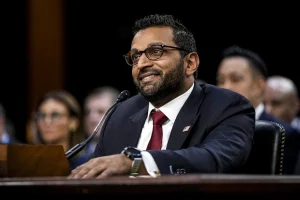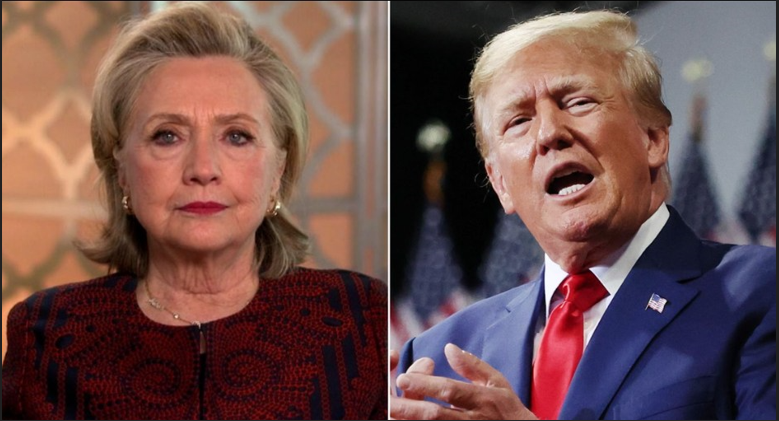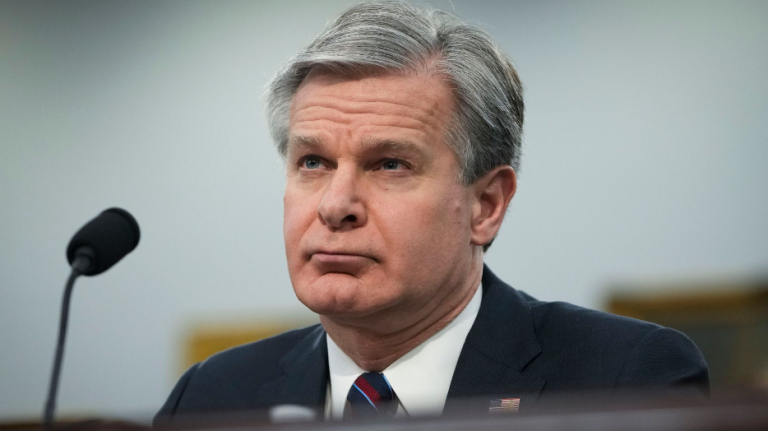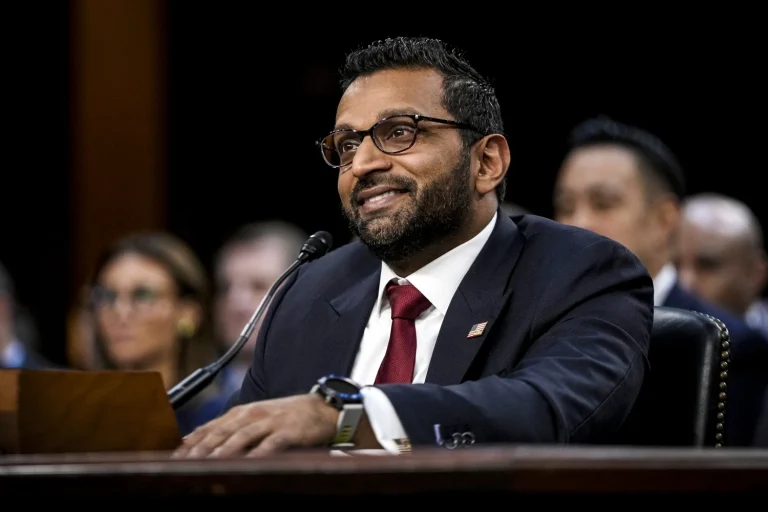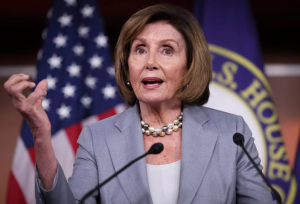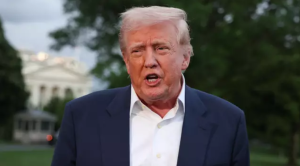The “One Big Beautiful Bill”: What’s Actually in It?
Trump has branded the budget measure as his “One Big Beautiful Bill,” a phrase typical of his rhetorical style—grandiose, simplified, and designed for mass appeal. The legislation is complex, covering hundreds of pages and including everything from defense spending boosts to federal hiring freezes, tax reforms, and regulatory rollbacks.
One of the more controversial sections involves streamlining or eliminating programs considered “duplicative” or “inefficient,” a designation critics argue disproportionately targets safety nets like Medicaid, SNAP, and housing assistance. The bill also seeks to cap non-defense discretionary spending, which could indirectly affect public schools, childcare subsidies, and public health services.
Another contentious component is the ten-year moratorium on state regulation of artificial intelligence technologies. Supporters argue this is necessary to prevent a patchwork of conflicting laws that could stifle innovation. Opponents say it strips states of their ability to act quickly in protecting citizens—especially children—from emerging digital threats.
As the bill heads to the Senate, it faces hurdles from within the GOP itself. Senators Susan Collins (R-ME), Lisa Murkowski (R-AK), and Rand Paul (R-KY) have all raised concerns about the bill’s scope and impact. Paul, in particular, criticized the bill for not going far enough to address national debt, while Collins and Murkowski have expressed concern about cuts to healthcare access.
A Familiar Face, A Divisive Voice
Clinton’s reentry into the political conversation, particularly as it relates to Trump, has become a familiar occurrence. Despite stepping away from elected office, she continues to engage in political commentary, policy advocacy, and party organizing. For some Democrats, her voice is a welcome reminder of experienced leadership; for others, particularly Republicans and independents, her presence evokes memories of one of the most contentious elections in American history.
Clinton’s critics argue she remains an avatar for establishment politics—a symbol of the political class that Trump ran against and defeated in 2016. Her continued involvement in partisan debates, even on platforms like X, suggests she remains invested in shaping the national narrative and perhaps sees herself as a bulwark against what she views as the regressive tendencies of Trump’s political movement.
A Tactic That Works?
Whether her Memorial Day “mission” will have any practical impact is unclear. But the strategy is not unprecedented. Democratic operatives have long encouraged “kitchen table” politics—informal conversations during holidays or family events that aim to shift opinions through personal connection rather than official messaging.
The risk, of course, is backlash. Many Americans already find political discussions at family events stressful or unwelcome. Clinton’s approach could energize progressives, but also alienate moderates or undecideds who may feel that national holidays should be a politics-free zone.
Conclusion: Politics Never Takes a Holiday
Hillary Clinton’s Memorial Day message is a reminder that in modern America, politics rarely pauses—even on holidays traditionally reserved for remembrance and unity. Her critics see her move as opportunistic and divisive; her supporters view it as a moral call to action.
Whether the message sticks or sours likely depends on the audience. But one thing is clear: with the 2024 election cycle still echoing into 2025 and Trump’s political influence undiminished, the battle for public opinion continues—at barbecues, on porches, and across social media feeds.
And for better or worse, Hillary Clinton has made it clear she’s not done fighting in it.


